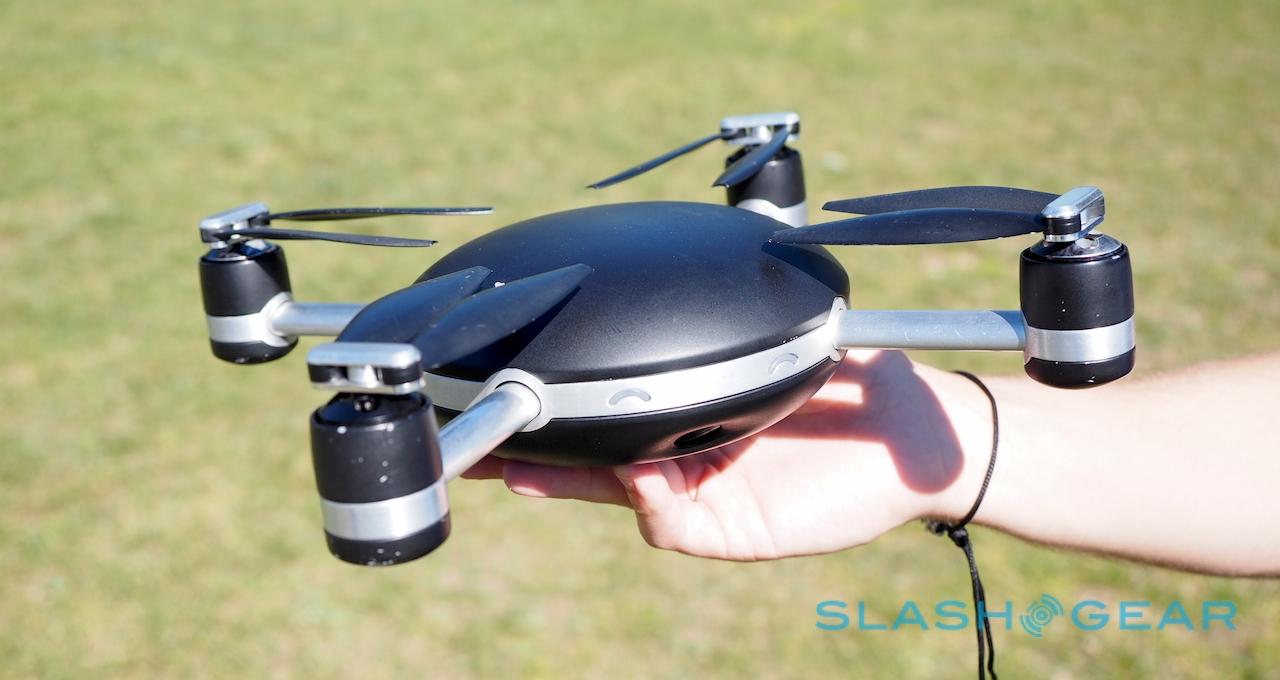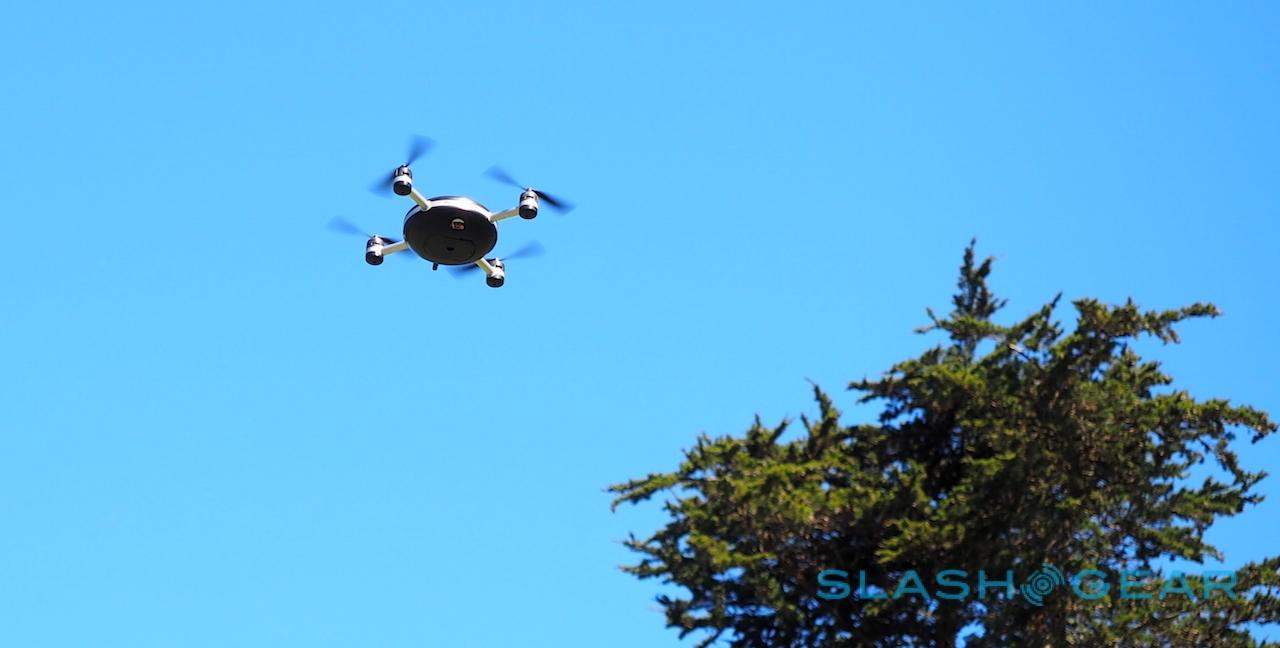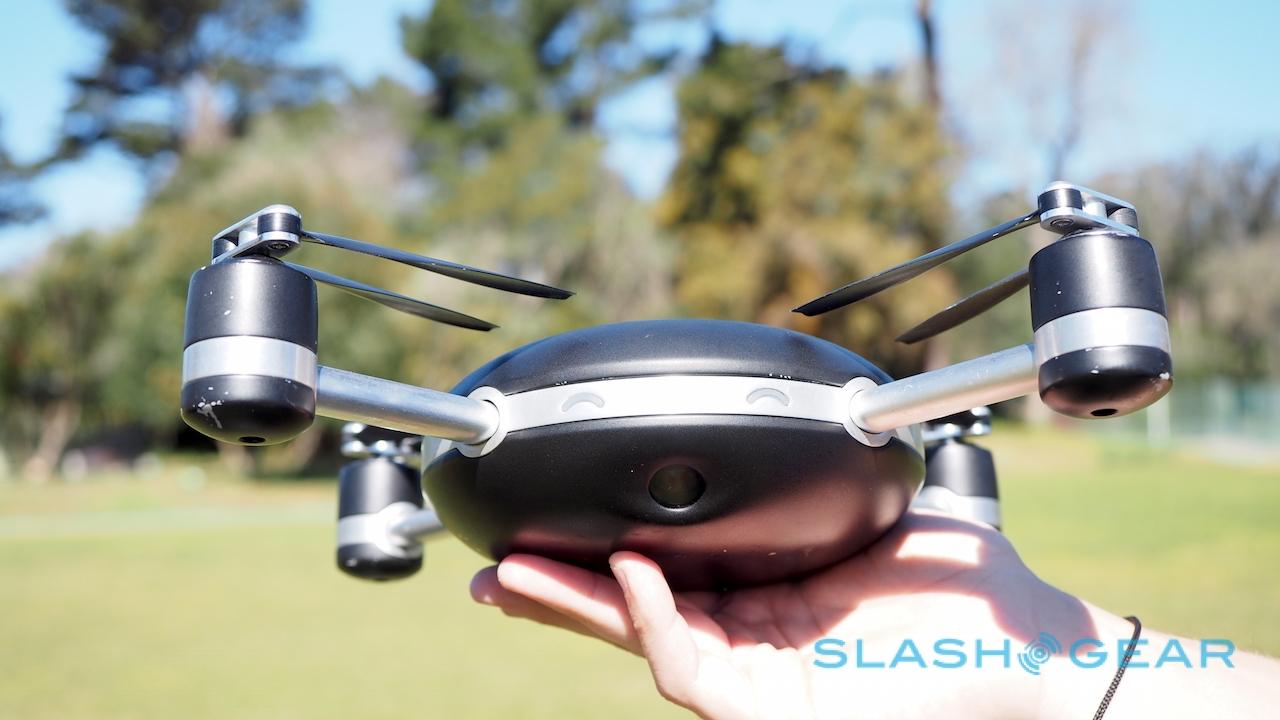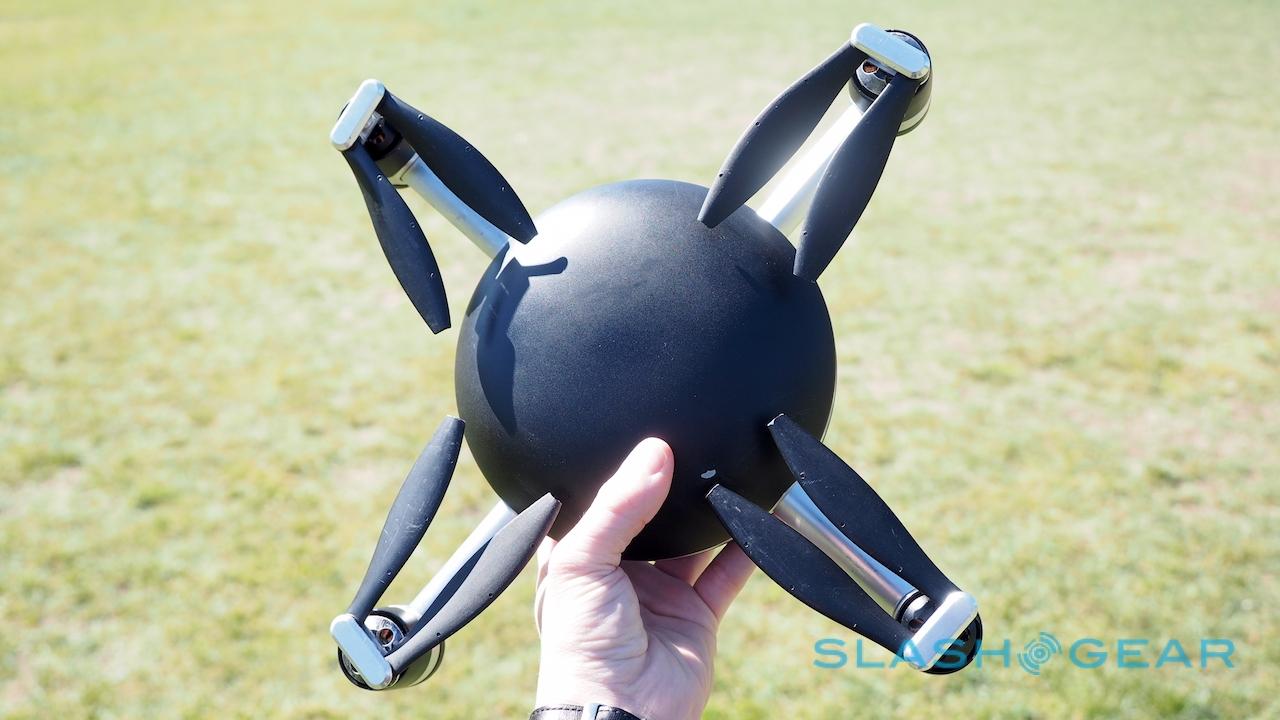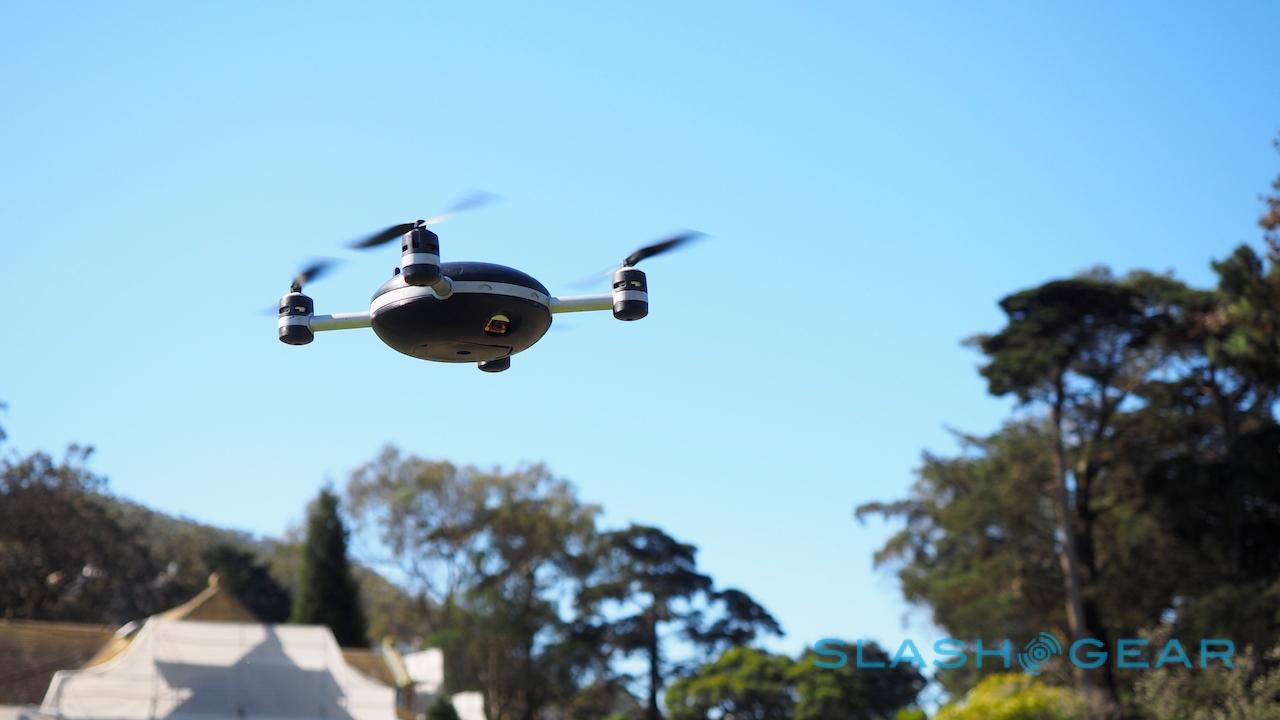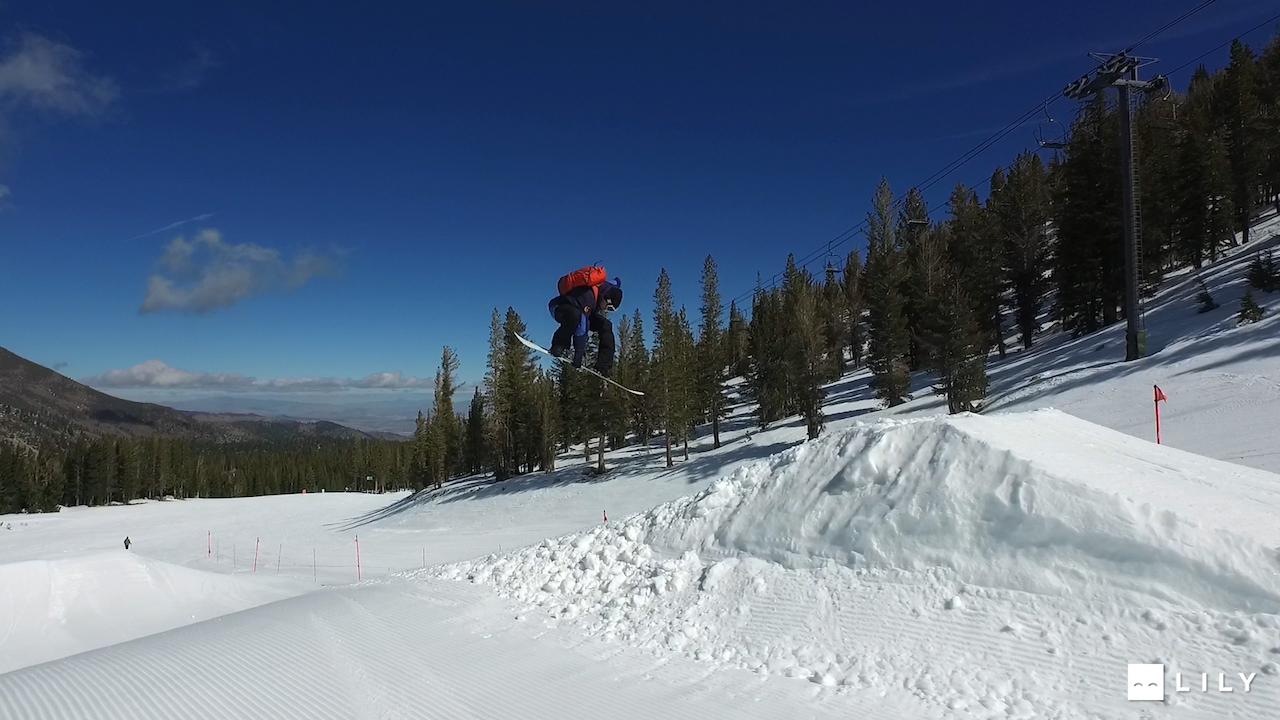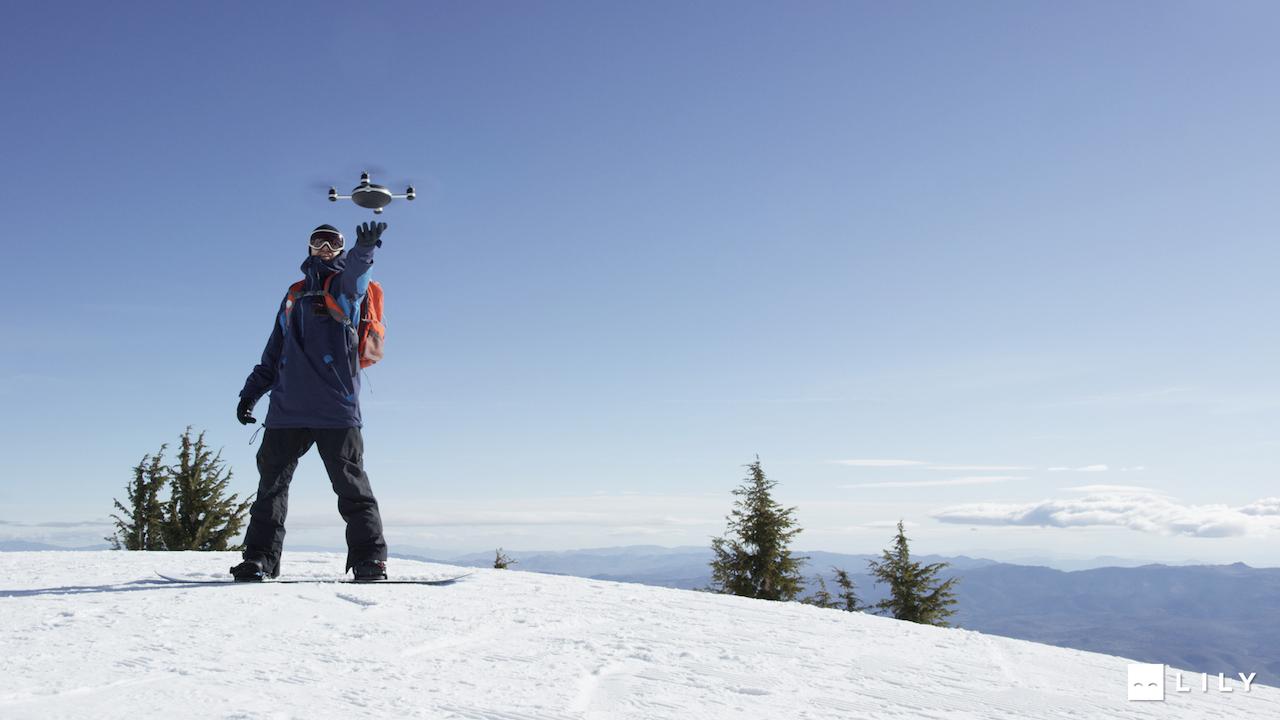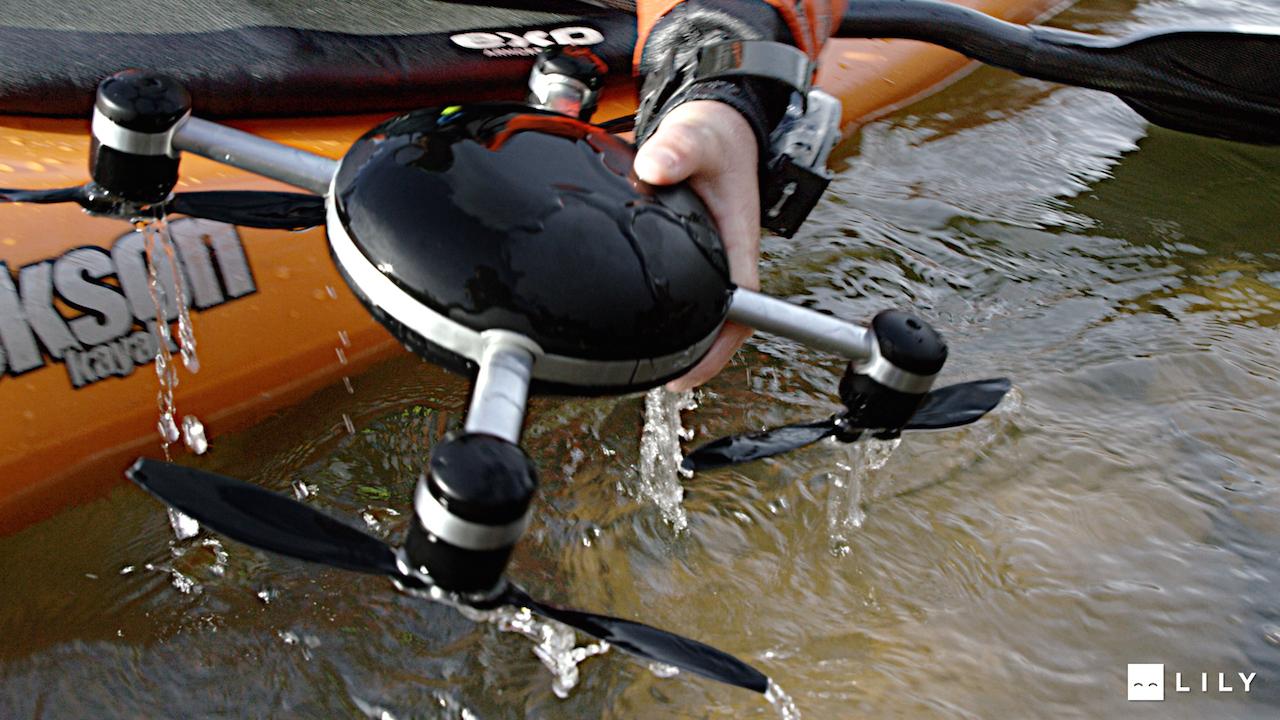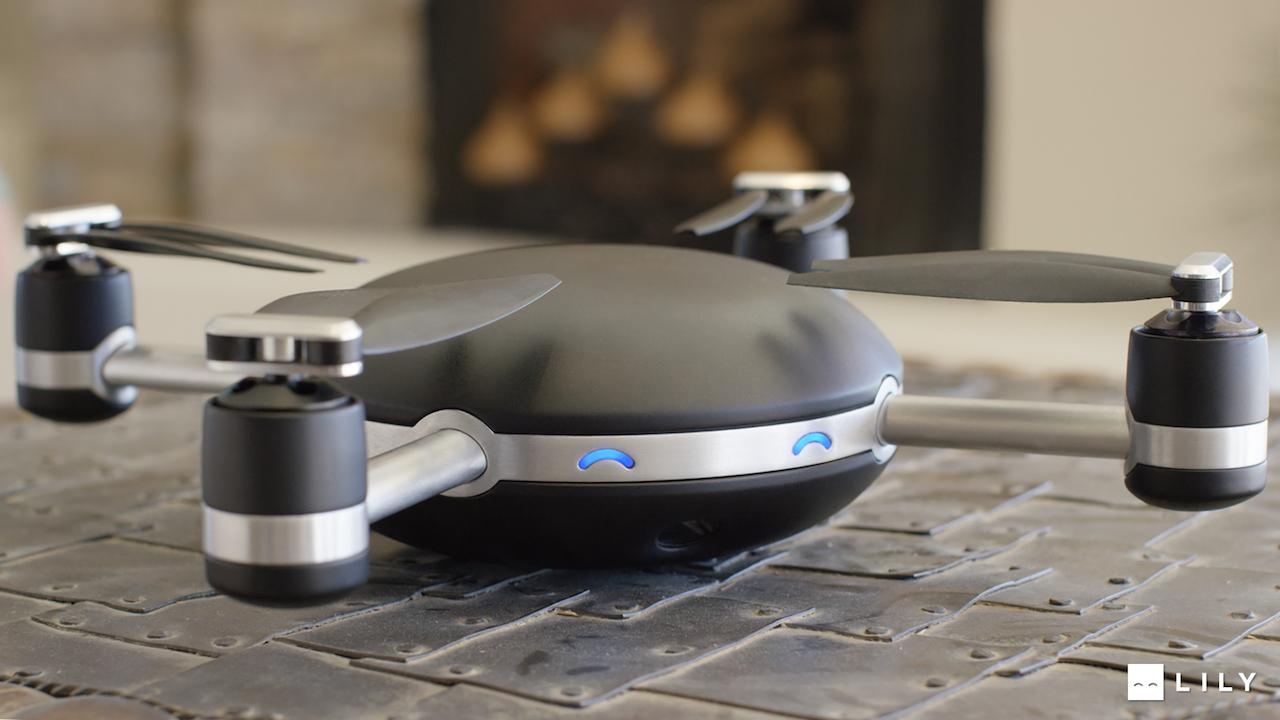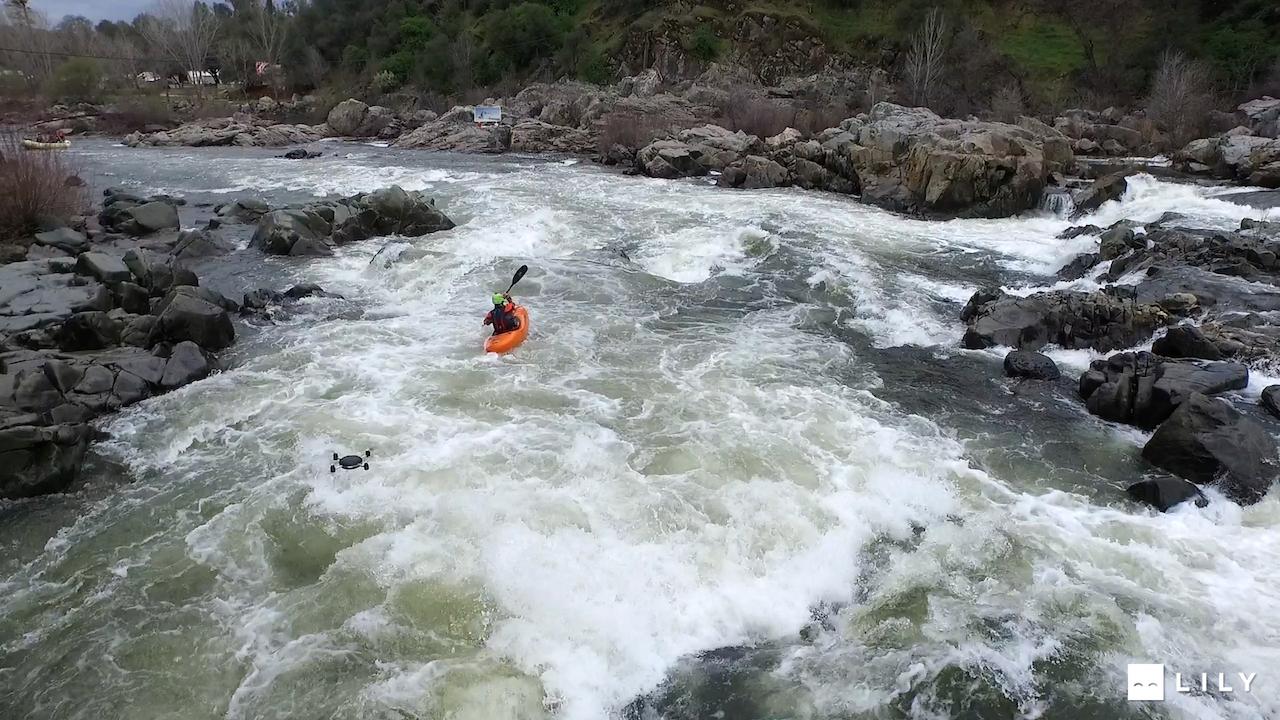Lily Camera Drone Hands-On: Aerial Video, No Pilot Required
If you're reinventing the camera, why not make it fly? That's the concept behind Lily, a drone that puts flying photography at its core, but doesn't require a pilot's license to use. Promising not only autonomous flight but eye-catching drone footage with zero operator talent, the new quadcopter wants to usurp the GoPro as the extreme sportsperson's go-to gadget, and snap the selfie-stick for family gatherings. I ventured into the park to strike a pose as I was filmed from the sky.
Turns out, Lily's origins weren't in the desire to make an easier drone, but simply a better camera. When I met with company founders Antoine Balaresque and Henry Bradlow, they explained that the impetus had been incomplete family photos: Antoine's mother always ended up holding the camera, and as such was never in the shots themselves.
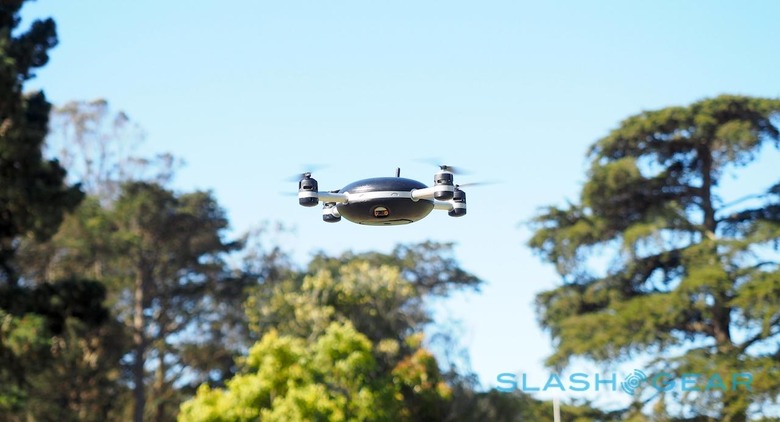
The solution, the pair decided, was Lily. Described as a flying camera, it's been two years in the making and, though it might clearly resemble a regular quadcopter, it's intended to be operated in a very different way.
Most of us are familiar with drone photography and videography: sweeping arial shots, tight circling pans, and diving tracer footage. What they all generally require is a talented operator at the remote and, often, a second person manually controlling what the camera is pointing at.
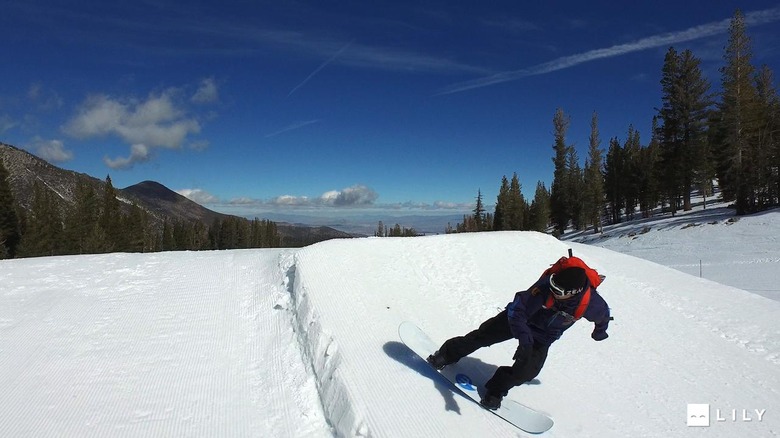
Lily aims to retire both of those people. Launched by tossing it into the air, the camera-drone stabilizes in a few seconds and then follows a tracking device – a small, circular control pad with just five buttons – wherever it's carried. Put that tracker in your pocket as you walk through the park, and Lily will follow along, recording as it goes. Drop it in your rucksack as you kayak, or snowboard, or do any number of extreme sports, and Lily will zip along after you.
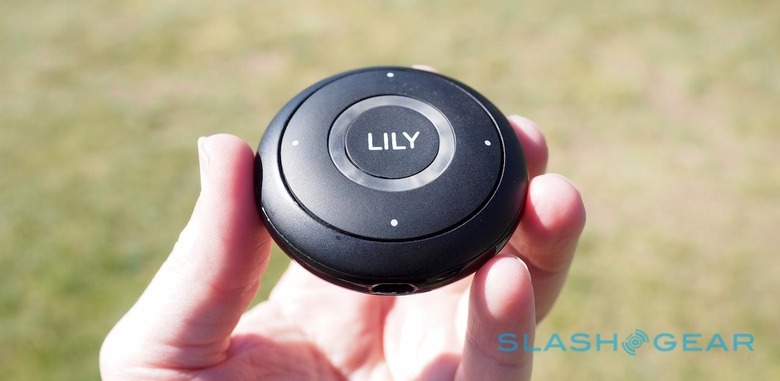
The goal is to make drone photography as plug-and-play as possible. Lily has a built-in, non-removable li-ion battery good for around 20 minutes of flight time, and which recharges in two hours. It's waterproof, to IP67 standards, so if it plummets into the river or gets caught in the rain, it's not game-over (plus it floats, too); the remote is water-resistant and comes with a waterproof wrist-case, and lasts for four hours. The rotors are easily-replaced plastic, and the four motors are standard parts which can be readily swapped out.
From the outside it's clearly designed to be unintimidating, down to the cutesy light-up eyes which also work as status LEDs, but inside there's a whole lot going on. WiFi a/b/g/n/ac and Bluetooth 4.0 take care of connectivity, and there's 4GB of storage for recording 1080/60p or 720/120p video, or 12-megapixel stills; a microSD card slot can augment that. A microphone in the remote adds audio to the video file.
As for sensors, Lily uses an accelerometer, three-axis gyroscope, barometer, and GPS – as well as footage from both front-facing and bottom-facing cameras – to fly itself at up to 25 mph. The camera is mounted on an internal rubber bracket for stabilization, and there's digital gimbaling so that even though it doesn't physically move – beyond the drone itself swiveling and tilting – it can still shift the frame around.
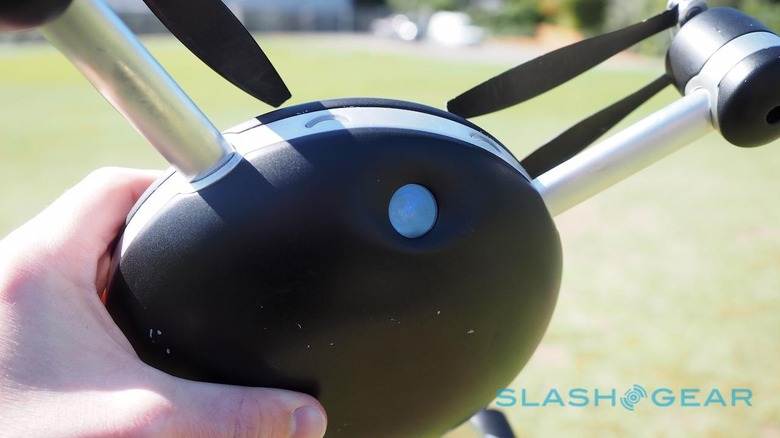
When Balaresque and Bradlow demonstrated the current Lily prototype to me, a backup manual controller was nearby but turned off, just for safety purposes. Instead, the drone followed us through the park, smoothly twisting and turning to keep us in frame.
It can roam between 5 feet above head height to 50 feet, depending on the shot, and between 5-100 feet away from the controller; out of range, or with a dying battery, and it'll automatically land (you can also be flashy and have it land directly onto your outstretched hand).
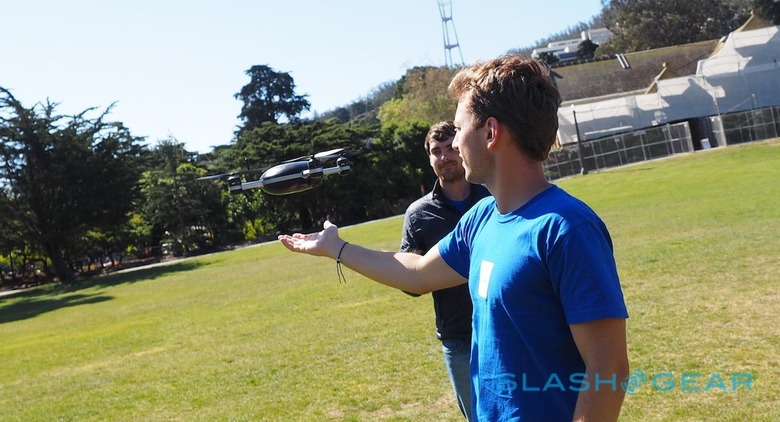
From either the tracker or the companion app for iOS and Android (which can also be used to watch a live stream of what the drone is capturing), you can control how Lily films. Initially, that will mean the basics: keeping the user in-frame, and then either following them, looping around them, zooming in at them or pulling back out from them, or hovering near them.
However, Balaresque and Bradlow explained, the goal is increasingly advanced camera intelligence, effectively turning Lily into a self-determining cameraman. That might mean switching between high-speed burst stills and video depending on how the subject is moving, or automatically increasing the frame rate for shots that could look great in slow-motion, like ski jumps.
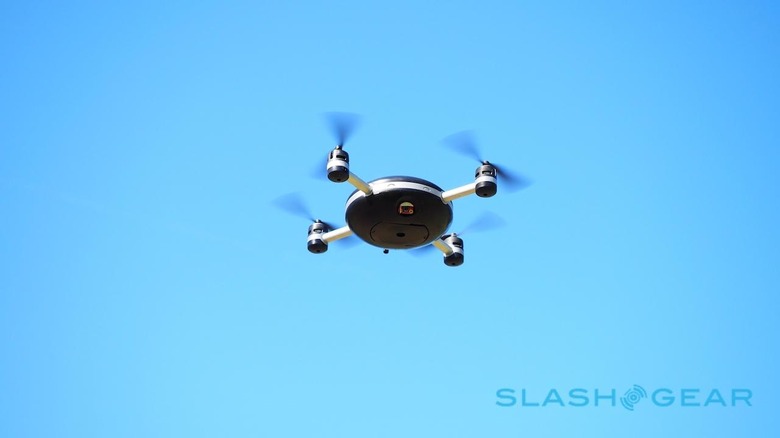
There are also plans for supporting multiple drones in use simultaneously: a flock of autonomous cameras, that not only position themselves for their best shot, but intercommunicate while doing it.
So, one Lily might be focusing on low-level close-ups, while a second could be flying higher up, getting a broader view. If the idea gains traction, the duo – whose team includes former Google and Dropbox talent – plan different models and sizes of Lily, with various degrees of flight time and filming capabilities.
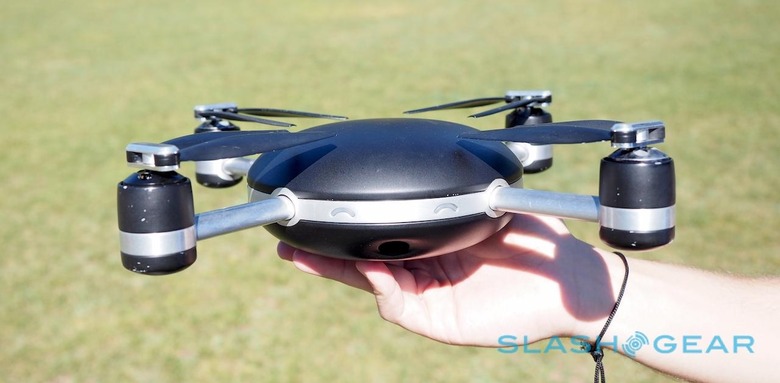
It's ambitious stuff, but the tracking works and there's certainly an appetite for drone-style photography out there. While existing models have attempted to make both flying and filming easier – both DJI's Phantom 3 and 3D Robotics' Solo have some degree of autopilot abilities – none have gone quite so far in autonomy as Lily does.
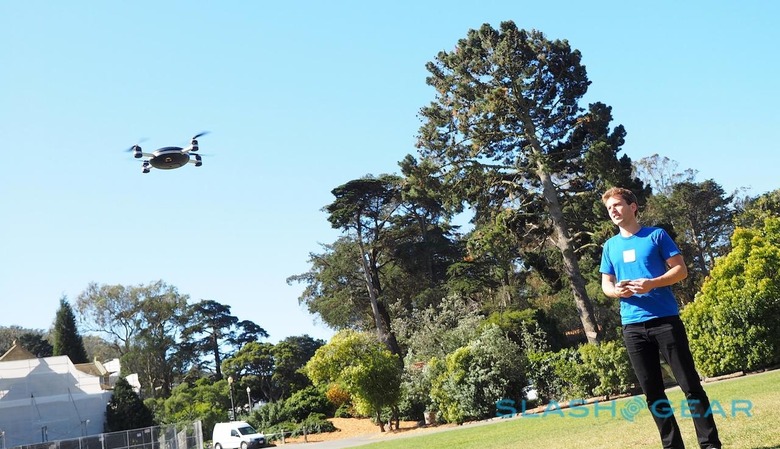
As someone who loves drones but who is a terrible drone pilot, I'm definitely intrigued. However Lily's goal of convincing, not just geeks like me, but the mass market looking for a cleverer camera for their outdoor fun is a taller order.
Lily pre-orders kick off today at $499 for the first 29 days, though the final retail price will be $999. It's expected to ship in February 2016.
MORE Lily

